In March 2021, I tested positive for COVID-19. Testing myself was a routine precaution I took before visiting my infant grandson, but I’d fully expected the test to be negative. I was vaccinated, and although I had mild cold symptoms, I didn’t feel sick. But no—there was a telltale second line on the test kit. So I stayed home. It hardly felt necessary for a few sniffles.
Six weeks later, feeling sicker and sicker, I went to the doctor. She listened to my symptoms, examined me, and then asked, “And what did you think we could do for you? You have long COVID. There’s no medical treatment.” I waited for her to say something more—something helpful—but she said only, “Be thankful you’re not dead. So many of my COVID patients are.” She had nothing further to offer me.
That was March 2021, and since then, I’ve found her perspective to be a common one: The world—including the medical system, the government, the media, and the church—has very little to offer people with long COVID. People are relieved the pandemic is finally “over”; they don’t want to think the novel coronavirus could be still a danger, and so, unless it affects them or a family member, they avoid facing the reality of long COVID.
Here’s the reality: In April 2024, the Centers for Disease Control and Prevention (CDC) reported that nearly 18 million Americans have long COVID, with about 3 out of 4 them finding their day-to-day activities limited. Nearly 4 million are experiencing symptoms so debilitating they can’t work, take care of their children, or perform routine tasks. The CDC’s study did not include people under 18, but another report, this one in the March 2024 issue of Pediatrics, stated that 5.8 million children also have long COVID. Worldwide, as of January 2023, there were at least 65 million people with the disorder, according to Nature, and that number is constantly growing. More than a quarter of all people who get COVID-19—even when they have mild cases like mine—will go on to have long COVID.
These individuals will experience a vast range of symptoms (more than 200 in all, a 2023 study in Lancet reported), with the most common being extreme fatigue, cognitive impairment (often referred to as “brain fog”), post-exertion malaise, and respiratory problems. Long COVID can affect every organ in the body—skin, lungs, heart, brain, kidneys, connective tissues, and more. Besides brain fog, neurological issues can cause daily migraines, neuropathy, and altered senses. (Scent is the issue most people know about, but I know people with long COVID who have vision loss, hearing loss, or permanent numbness in their feet and hands.) People with serious long COVID-related heart issues often become homebound, if not bedbound. Some people find their cholesterol levels have shot sky high, even though previously they never had high cholesterol.
For about six months after my own diagnosis, I was too sick to work. As a writer, most of my work doesn’t require much physical exertion, but now my brain refused to line up words in any meaningful order. I was weak, wobbly, prone to fainting and vomiting, and frequently out of breath. I couldn’t hike, go shopping, continue my volunteer activities at church, play with my dogs, clean my house, or do much of anything. When I tried to engage in normal activities, I ended up flat on my face, often in a pool of vomit.
When my symptoms finally lifted, I assumed this difficult time in my life was over. I went back to my “normal life,” speaking confidently of the spiritual lessons I had learned during my months of illness. But then I got sick again (and instantly forgot all those wonderful spiritual things I’d learned).
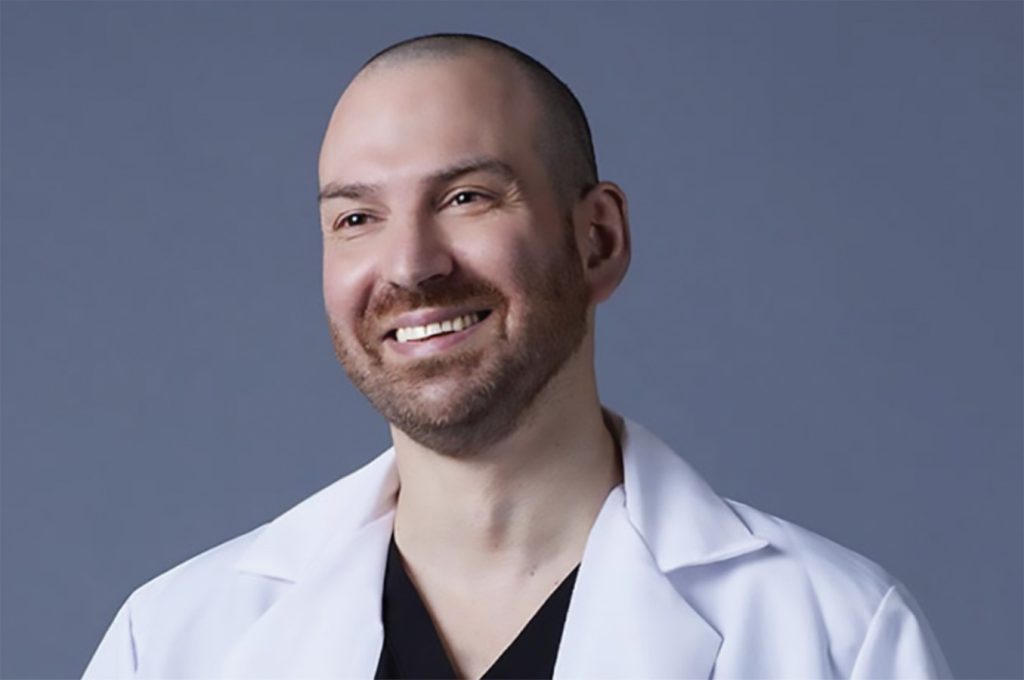
I now have a new pattern to my life: I feel fine for weeks at a time—and then I’m sick for days or sometimes weeks. I like to think I’m fine more than I’m sick, but relapses come on unexpectedly, making it hard to plan ahead. The exertion of getting ready for an outing can be enough to trigger a fainting episode just as I’m walking out the door. I’ve been forced to slow down; I’m not as constantly busy as I used to be. As a result, in the midst of my frustration with my body’s limitations, I’m also discovering new aspects of both God and myself.
But that doesn’t make this experience easy.
Lives upended
I belong to online long COVID support groups, as well as a research study group. Listening to group members describe their lives, I often realize how lucky I am to have a stable, loving marriage; a husband who keeps us financially secure; and a body that functions semi-normally at least some of the time.
“I haven’t been able to work for 17 months,” one woman tells me. “I’ve used up all my savings. My boyfriend left me. My car was reclaimed. I’m afraid I’ll lose my apartment next.”
Another woman, 37 years old and previously an athlete, describes the serious cardiopulmonary issues she has as a result of long COVID. “I’ve turned into an old woman. It’s like I missed out on a normal life, and now there’s nothing left,” she says.
“I’ve seriously considered suicide,” one 29-year-old man says. “What’s the point of living when you can’t really live? If I didn’t have a family, I’d take matters into my own hands and be gone.”
David Putrino, the director of the Cohen Center for Recovery from Complex Chronic Illness at Mount Sinai Hospital—and one of the lead researchers in the long COVID study group I joined—says we need to get serious about long COVID. He’s concerned that when the CDC shortened its isolation recommendation, it sent a false message. “We rely on government officials to interpret and present science to us—that’s their job. And right now, they’re failing in their responsibility to us,” he says.
Still, people like Putrino give me hope. Actively seeking answers and treatments, they are committed to helping people whose lives have been upended by long COVID. But we need more of these individuals, and we need them in all areas of society, including the church.
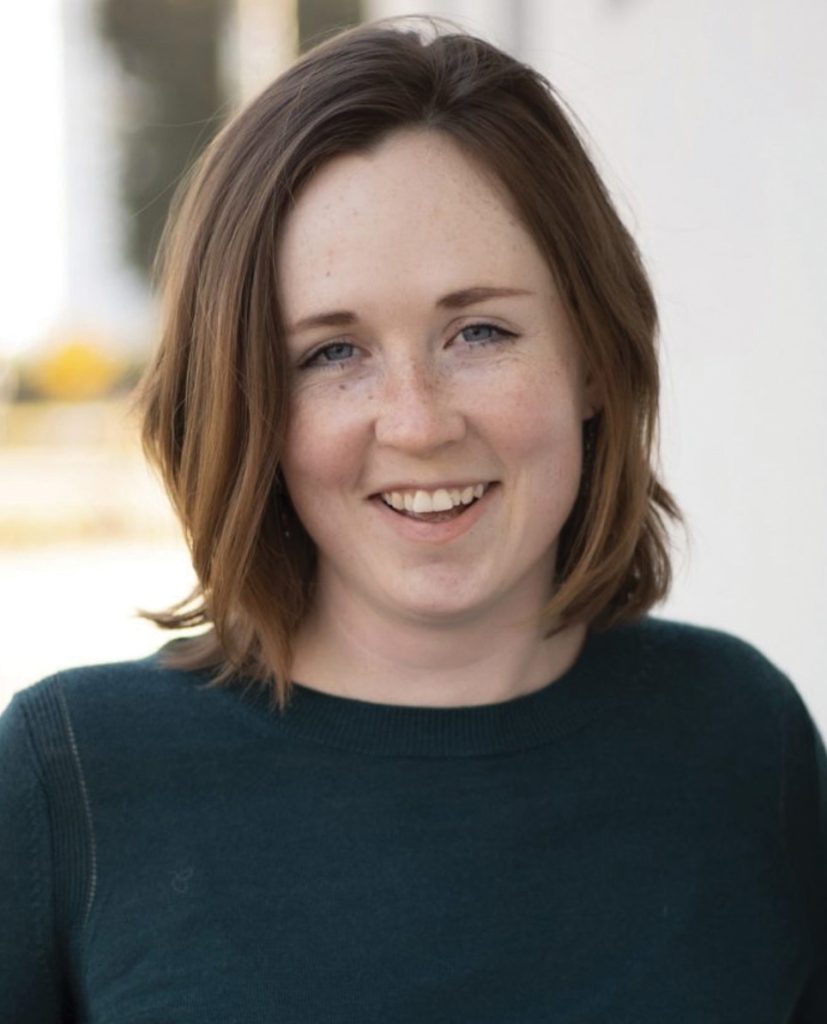
An inadequate response
I asked my long COVID groups for volunteers to answer questions about the roles the church and their faith play in their lives as they live with their condition. Not one of the 54 individuals who responded said the church has offered them anything. Most said their church leaders, including the priest or pastor, barely even know what long COVID is. One woman wrote that she made an appointment with her priest, hopeful he could help her “not so much practically but spiritually.” But, she said, “He clearly didn’t even know what long COVID was. He told me, ‘You sound discouraged—and that means you may be missing what God’s trying to do in your life. Try thinking positive for a change.’ ” The woman said when she tried to explain, “he implied he thought it was all in my head.”
I looked online to find what the church is doing. I called local priests. I asked various organizations for referrals to church-based long COVID support groups. I didn’t find any. The only priest I encountered who was concerned about the issue insisted it’s caused by demon activity. (I’m not saying it isn’t—who knows?—but focusing on evil spirit-beings doesn’t seem particularly helpful to me.)
New spiritual practices
I decided to widen my approach beyond long COVID, and I did find people of faith working to support people with chronic illness. One of these people is Mary C. Earle, an Episcopal priest and the author of Beginning Again: Benedictine Wisdom for Living with Illness (Morehouse). She suggests that the church might help people see chronic illness as a new form of St. Benedict’s rule for life.
Before her illness, Earle says, “I tried to live a reflective life that noticed God’s presence in the daily minutiae of life.” She describes her previous active involvement with her teenage children and her work as a parish priest, as well as her hobbies gardening and practicing yoga. “Those simple patterns for putting God at the center were very important to me,” she says. “And they were completely disrupted and torn apart by the illness and the terrible, slow recovery. I had to begin again and find a new way of ordering my life.”
Earle has been living with her condition since 1995, with many of the same ongoing ups and downs people with long COVID experience. In living with her illness—rather than treating it as an enemy—she daily recognizes herself as “one weakened and afflicted, yet also upheld and sustained by God.” In a class she taught at her parish, she advised attendees that our “various indignities and limitations” can connect us directly to a sense of divine vitality.
I also talked with Lyndsey Medford, the author of My Body and Other Crumbling Empires (Broadleaf). Medford has a rare chronic disease, which she writes about on her Substack page, Creaturely. When I ask her if the church plays a role in the lives of people with chronic illnesses, she says yes, since pews are typically filled with sick, disabled, and elderly people. “The question is whether it’s a helpful role,” she says. The challenge, Medford believes, is for the church to become a place “where we’re explicit about valuing people for who they are, not what they do, and where we get creative about putting that in action.”
Medford—like me and the rest of us with long COVID or other chronic diseases—has had to learn to adapt to her changing body. Now she challenges the body of Christ to do the same. “If I can’t attend a weekly or monthly committee meeting, can I still take on an occasional advisory role so that my voice is still included?” she asks. “If I can’t help set up for an event, can I still be present and encourage others? If I’ve lost some executive function or cognitive capacity, does the worship service still include my body and soul and not just a bunch of words?”
Harold Wheat, a minister in the United Methodist Church who has long COVID, suggests that churches need to become places where we’re taught “we are God’s beloved, regardless of what we can do.” This involves, he says, a “radical affirmation of each person’s reality and value, regardless of what they can do or accomplish.” He also thinks we need a new emphasis on the spiritual practice of Sabbath—days routinely set aside for spiritual, physical, emotional, and mental restoration. It doesn’t matter what day we pick to do it (as a minister who is busy on Sundays, Wheat usually takes his Sabbath on Monday), but the Bible calls us to practice what he calls “preventative rest.” (Coincidentally, perhaps, long COVID experts recommend “radical rest” taken before we’re tired, instead of after we crash.)
Earle believes we can see these new and necessary behaviors as spiritual practices. “I began to see,” she says, “that the rest that the doctor recommended could be one piece of the new [spiritual] rule. The highly restricted diet could be another. . . . The rhythm of a day punctuated by times of taking pills was oddly reminiscent of a day marked by praying morning prayer, noonday prayer, evening prayer, and compline.” She was surprised to find an increased sense of God’s presence in “these altered patterns of daily life.”
I for one have not been overjoyed (to put it mildly) to let go of my old life patterns. “You were taught all your life you needed to be productive to prove your worth,” Wheat reminds me. “That’s a lie. Long COVID taught me that I am beloved simply by being. I don’t need to do anything for God to love me. And that’s the sort of love churches need to practice as well.”
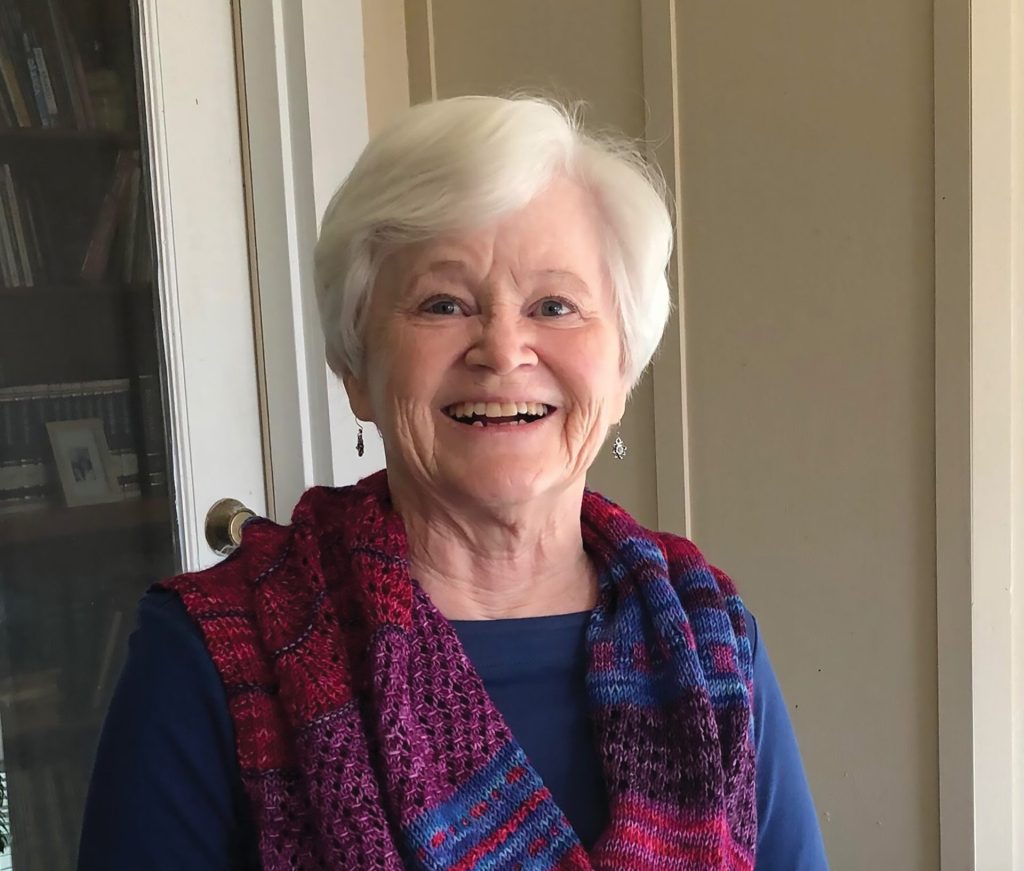
The church, says Medford, also needs to become a place where people can feel safe being vulnerable. “When everyone is honest about their weaknesses and needs,” she says, “it takes the pressure off—you’re not going to become that ‘sick lady’ just by sharing that you have accessibility needs or a prayer need. We can be in solidarity with one another.” This solidarity, she says, comes when we “recognize our shared struggles as well as our shared resources.” Medford’s book challenges readers to realize we live in an interconnected world, where pain and disease are experienced at both micro and macro levels.
Pope Francis has also connected the issues of chronic illness with the larger issues that threaten our world. “We need to slow down, take stock and design better ways of living together on this earth,” the pope wrote in a New York Times article.
A serious disconnect
Why hasn’t this message trickled down to more local parishes? Since the COVID-19 pandemic, the Pew Research Center reports, only 28 percent of Catholics attend Mass regularly. (Pew counted even once-a-month attendance as “regular.”) In 2015, almost 50 percent of Catholics met the same requirements for regular Mass attendance. At the same time, though, the 2024 Pew survey found that nearly 40 percent of Catholics say they have become “more spiritual” since the pandemic.
Karen Rawden, the founder of COVID-19 UK & Ireland Sufferer & Survivor Support, isn’t surprised that many people experience spiritual renewal in the midst of long COVID. “Spiritual awakening often happens when every other path has been exhausted and when resistance is low,” she says. It only comes when we are willing to “risk rupture” with our old lives and open ourselves to the “conscious awareness of our own wounding, and the holding of those wounds with tenderness.”
There appears to be a disconnect here between individual spiritual experiences and what the church offers. For people like me and many others, chronic illness has opened spiritual doors. As the Pew report indicates, we are not alone in this experience. Meanwhile, though, fewer and fewer of us are turning to the church for support.
Steps toward healing
Marcel LeJeune, the assistant director of campus ministry at St. Mary’s Catholic Center at Texas A&M University, believes prayer is the first step toward uniting personal spirituality with church involvement. “We aren’t going to renew our parish culture with human strength alone,” he says. “Sustained and daily prayer, from both individuals and the community, is the key. . . . Furthermore, a communal process of discernment is needed.” LeJeune recommends that churches use St. Ignatius’ process of discernment as a tool for seeking God’s direction in this COVID-19 era.
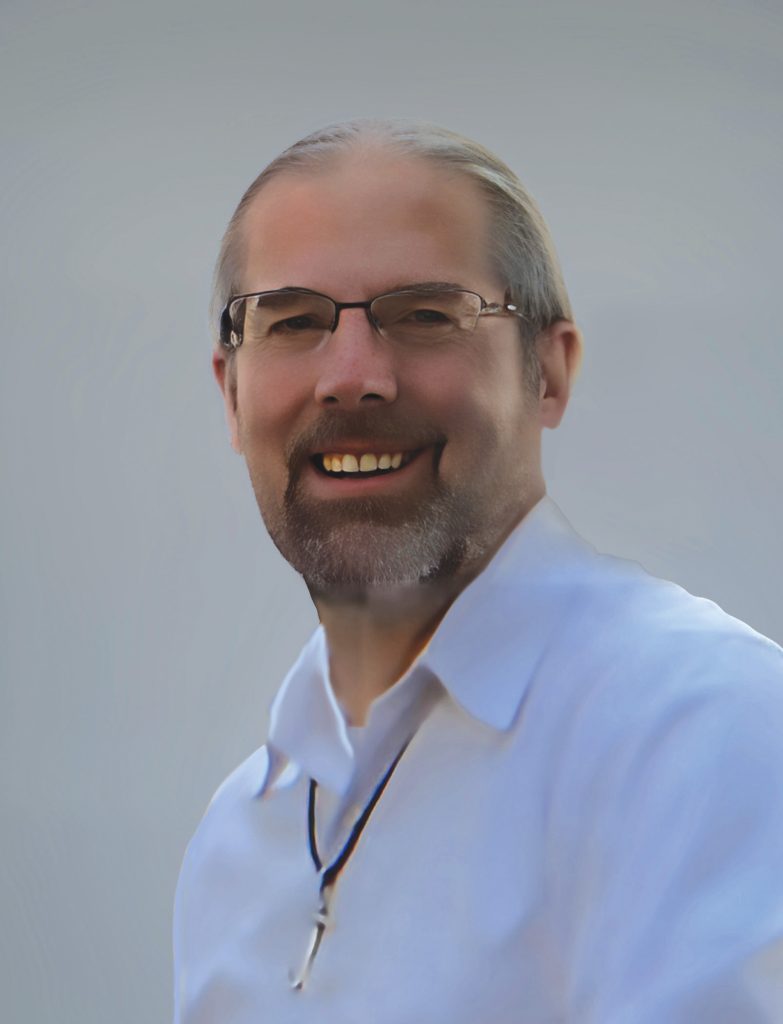
There is still so much we don’t understand about long COVID. Researchers like Putrino are making progress, but he admits that much about long COVID remains a mystery. Meanwhile, those of us experiencing long COVID want answers. We want solutions. We want to be “fixed.”
Medford reminds us, though, that “healing is the work of our lives. Healing is difficult, sacred, beautiful work. . . . Even when it seems ‘finished,’ it leaves scars; and even when it’s never finished, that doesn’t mean we aren’t worthy and whole. On the contrary—we are prophets and teachers of a healing practice, a way of life, that everyone eventually needs to learn.”
Wrestling with an “angel”
As I’ve spoken with people experiencing long COVID, I’ve found myself thinking about the familiar Bible story of Jacob and the angel. As Jacob journeys to his homeland, he spends a night alone in the wilderness. There, he encounters a man who wrestles with him throughout the night. Although Jacob is injured in the wrestling match, he refuses to give up. “I will not let you go, unless you bless me,” he tells the mysterious man (Gen. 32:26). This stranger is usually identified as an angel, but when Jacob asks his name, the man says only, “You have striven with God and with humans, and you have prevailed” (Gen. 32:28). The man does bless Jacob—and gives him a new identity as well—but Jacob does not escape uninjured from his encounter with the divine. For the rest of his life, he walks with a limp.
This Bible story puzzled me when I was a child. Why didn’t Jacob run away from the stranger when he had the chance? Why did he insist on clinging to him, asking for a blessing? And what good is a blessing when your hip is sore? Today, I have a better understanding of Jacob’s experience. I—like so many other people with long COVID—have wrestled with an “angel,” and I too have been both blessed and physically injured. Long COVID may have diminished me physically, but it has also given me the opportunity to grow in many ways.
Jacob named the place of his encounter with the angel Peniel, which means “the face of God.” The Bible says that the “sun rose upon him” as he went on with his journey, “limping because of his hip” (Gen. 32:31). May this be true of each of us, as well as Christ’s body, the church. Let’s seek the face of God in our individual challenges, whatever they may be—and then go out, limping, to be prophets of healing in our wounded world.
This article also appears in the August 2024 issue of U.S. Catholic (Vol. 89, No. 8, pages 10-15). Click here to subscribe to the magazine.
Image: Unsplash/Dylan Ferreira


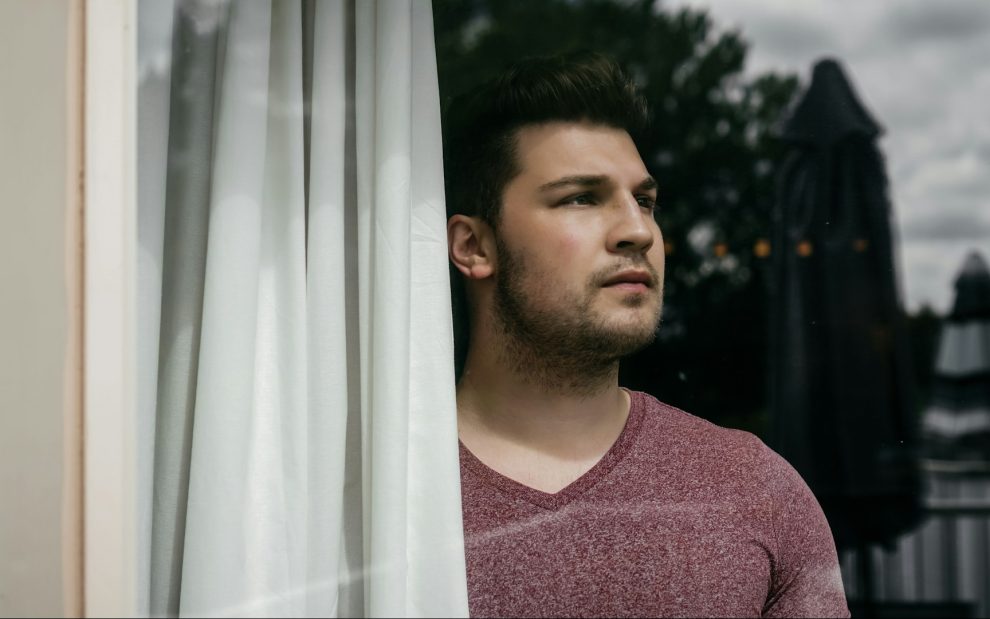



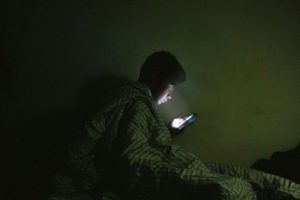
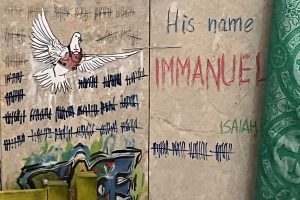





Add comment